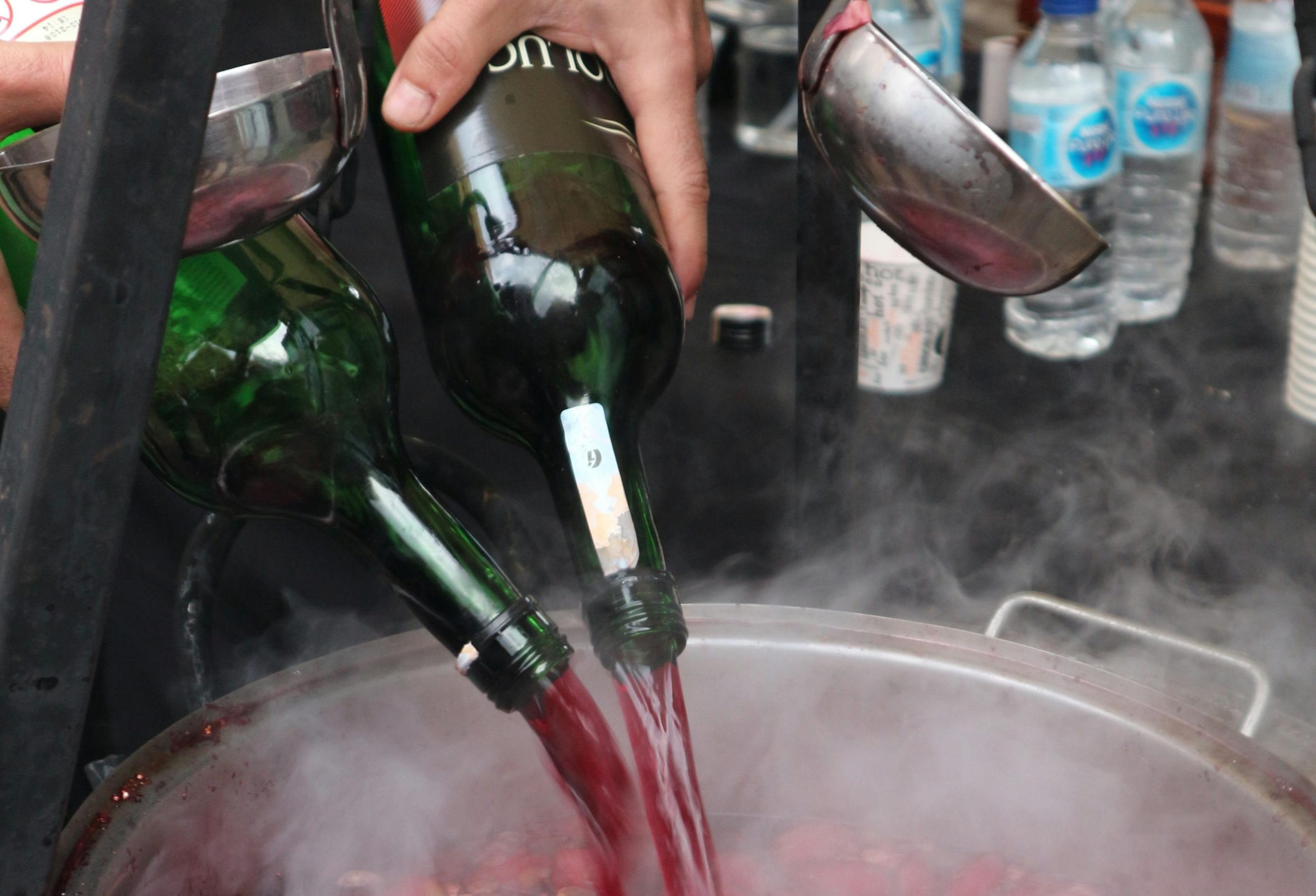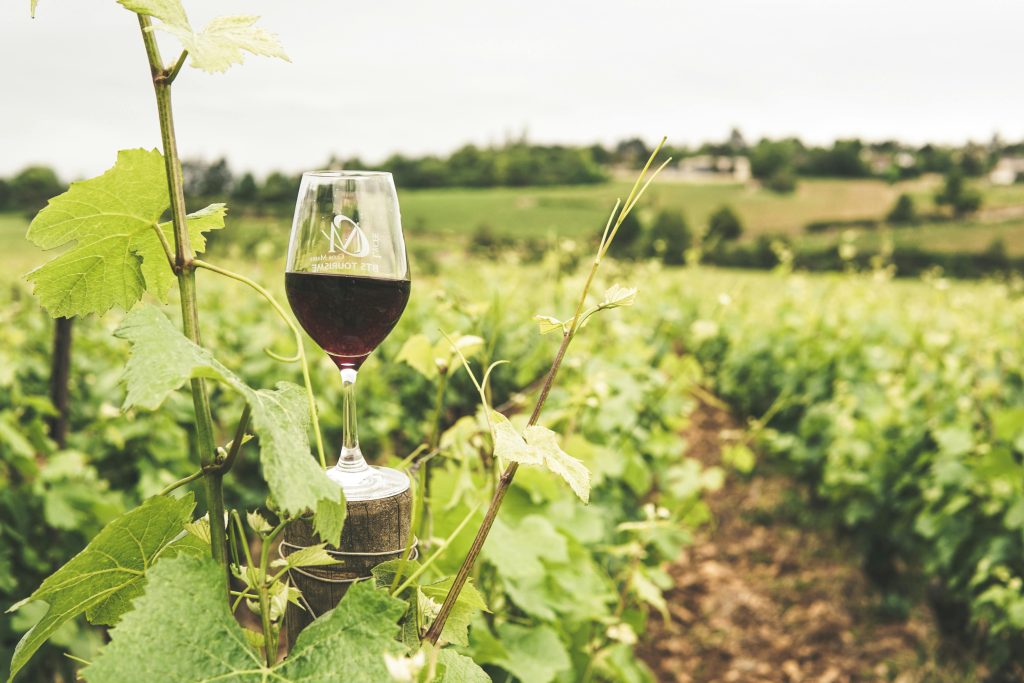Aromatic Wines: The Fragrance in Your Glass

Ever swirled a glass of wine and been captivated by its enchanting bouquet? If so, you’ve likely encountered an aromatic wine—a category celebrated for its pronounced and delightful scents. Let’s uncover what makes these wines so irresistibly fragrant and why they deserve a spot in your collection.
What Are Aromatic Wines?
Aromatic wines are primarily white varietals known for their intense, naturally occurring floral and fruity aromas. Unlike their counterparts, these wines boast fragrances that mirror the scent of the grape itself, thanks to specific compounds inherent in the grape skins. This results in a wine that offers a sensory experience reminiscent of inhaling a bouquet of fresh flowers or a basket of ripe fruits.
Aromatic vs. Aromatized Wines: Clearing the Confusion
It’s easy to mix up aromatic and aromatized wines, but they differ significantly:
- Aromatic Wines: These wines derive their pronounced scents naturally from the grape varieties used. Examples include Riesling and Gewürztraminer.
- Aromatized Wines: These are wines that have been infused with additional flavors from herbs, spices, and botanicals. Vermouth is a classic example.
While both types are fragrant, aromatized wines achieve their complexity through added ingredients, whereas aromatic wines rely solely on the grape’s natural profile.

The Science Behind the Scents
The captivating aromas in aromatic wines stem from volatile compounds in the grape skins, notably monoterpenes like linalool and geraniol. These compounds are responsible for the floral and fruity notes characteristic of aromatic varieties. Factors such as grape variety, climate, and winemaking techniques influence the concentration and expression of these aromatic compounds, making each wine unique.
Notable Aromatic White Wines
Several white grape varieties are renowned for their aromatic profiles. Here’s a closer look at some standout examples:
- Gewürztraminer: Celebrated for its exotic, spicy, and floral profile, often featuring notes of lychee, rose petals, and tropical fruits like pineapple and mango. The word “Gewürz” in German translates to “spice,” reflecting the wine’s distinctively spicy character. Gewürztraminer thrives in cooler climates, where it can develop high sugar levels while maintaining its characteristic aromatic intensity.
- Riesling: A highly aromatic and versatile white grape variety that originates from Germany’s Rhine region. Known for its distinctive floral and fruity aromas, Riesling can be crafted into a wide range of styles, from bone-dry to decadently sweet.
- Muscat: Known for its unmistakable grape-like and floral aromas, Muscat wines often exude scents of orange blossom, honeysuckle, and ripe stone fruits. This variety is versatile, producing styles from dry to sweet, including the renowned Moscato d’Asti from Italy.
- Torrontés: Argentina’s signature white grape, Torrontés offers a unique combination of floral aromas and bright acidity. Expect notes of rose petals, geranium, and citrus fruits, making it a refreshing choice for warm days.
- Viognier: This variety presents rich aromas of peach, apricot, and violets. Viognier wines are typically full-bodied with a lush texture, often associated with the Rhône Valley in France but also thriving in regions like California and Australia.
Are There Aromatic Red Wines?
While aromatic profiles are more pronounced in white wines, certain red varieties also exhibit notable fragrances:
- Gamay: Known for its light body and vibrant red fruit aromas, Gamay often presents scents of strawberries, raspberries, and floral notes like violets.
- Pinot Noir: Esteemed for its complex bouquet, Pinot Noir can showcase aromas ranging from red cherries and berries to earthy undertones and floral hints, depending on its origin and aging.
- Cabernet Franc: This variety often exhibits aromatic notes of red fruits, herbs, and sometimes floral characteristics, contributing to its distinctive profile.

Pairing Aromatic Wines with Food
Aromatic wines are incredibly food-friendly, enhancing a variety of dishes. Here are some pairing suggestions:
- Spicy Cuisine: The slight sweetness and bold flavors of Gewürztraminer and Riesling complement the heat and complexity of spicy dishes, especially from Asian cuisines.
- Seafood: The bright acidity and citrus notes in Riesling and Torrontés pair beautifully with grilled fish, shrimp, and sushi.
- Soft cheeses: Think Brie, Camembert, or even a mild goat cheese. The floral and fruity nature of Muscat or Viognier adds a fun contrast to the creaminess.
- Roasted vegetables: The earthy-sweet notes in vegetables like squash, carrots, or parsnips pair wonderfully with Gewürztraminer or an off-dry Riesling.
- Herby dishes: Herbal-forward meals—like lemon thyme chicken or rosemary pork—harmonize beautifully with aromatic wines, enhancing both the food and the wine’s bouquet.
Aromatic vs. Sweet: Let’s Clear That Up
One of the biggest misconceptions? That aromatic wines = sweet wines. It’s easy to think that because these wines smell like honeysuckle or ripe peaches, they must taste sugary. But that’s not always the case.
Here’s a quick breakdown:
| Wine Style | Aroma Intensity | Sweetness Level | Example Varieties |
|---|---|---|---|
| Dry Aromatic | High | Dry | Riesling (dry), Viognier |
| Off-Dry Aromatic | High | Slightly sweet | Gewürztraminer, Moscato |
| Sweet Aromatic | High | Sweet to very sweet | Late harvest Muscat, Eiswein |
| Non-Aromatic Dry | Low to medium | Dry | Chardonnay, Sauvignon Blanc |
So yes, some aromatic wines are sweet—but many are dry or off-dry. Always check the label or ask before assuming!

Why Aromatic Wines Are Trending (Again)
Aromatic wines are having a bit of a comeback moment, and honestly, it’s long overdue. Here’s why more people are falling in love with them again:
- They’re incredibly expressive: You don’t need to be a sommelier to appreciate them. One sniff and you’re hooked.
- They’re versatile with food: From spicy Thai curry to a lazy cheese board, there’s an aromatic wine that fits.
- They’re approachable for wine newbies: You don’t have to decode layers of oak or tannins—just enjoy the fruit, the florals, and the fun.
- They offer global variety: From the vineyards of Germany to Argentina’s high-altitude Torrontés, there’s an aromatic wine from nearly every corner of the wine world.
A Few Fun Tips for Enjoying Aromatic Wines
Here’s a quick list to get the most out of your bottle:
- Serve them slightly chilled—around 8–12°C (46–53°F)
- Use tulip-shaped white wine glasses to concentrate the aromas
- Swirl before you sniff—it really does make a difference
- Don’t rush the experience; the nose is half the pleasure
- Store them away from strong-smelling foods (aromas are fragile!)
- Enjoy them young unless you’re exploring age-worthy styles like Riesling
Want to Dive Deeper?
If you’re loving this topic, you might also enjoy reading:
- 👉 Oenophiles: Wine Nerds with Style – a fun look at wine geeks and their glorious obsessions
- 👉 All About Gewürztraminer – spicy, floral, and seriously underrated
- 👉 Why Riesling Deserves Your Attention – it’s not just sweet!
Final Thoughts: Sniff, Sip, Smile
Aromatic wines are little mood boosters in a bottle. They invite you to slow down, take a deep breath, and appreciate wine on another level. Whether you’re cracking open a Riesling with spicy tacos or swirling a chilled Gewürztraminer while watching the sunset, aromatic wines deliver a full sensory experience.
You might just fall in love with the world of aromatics—and wonder how you ever missed it.






























